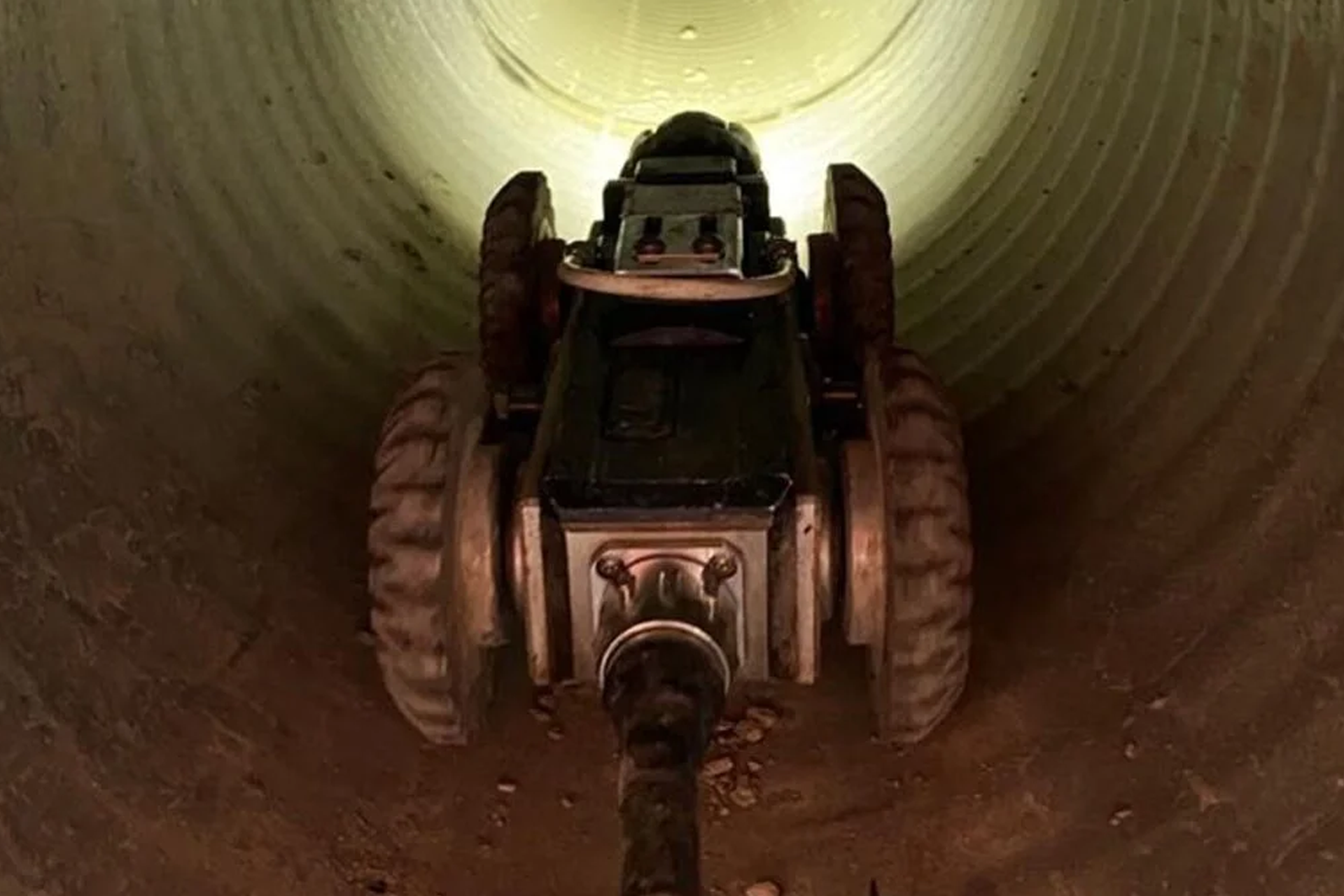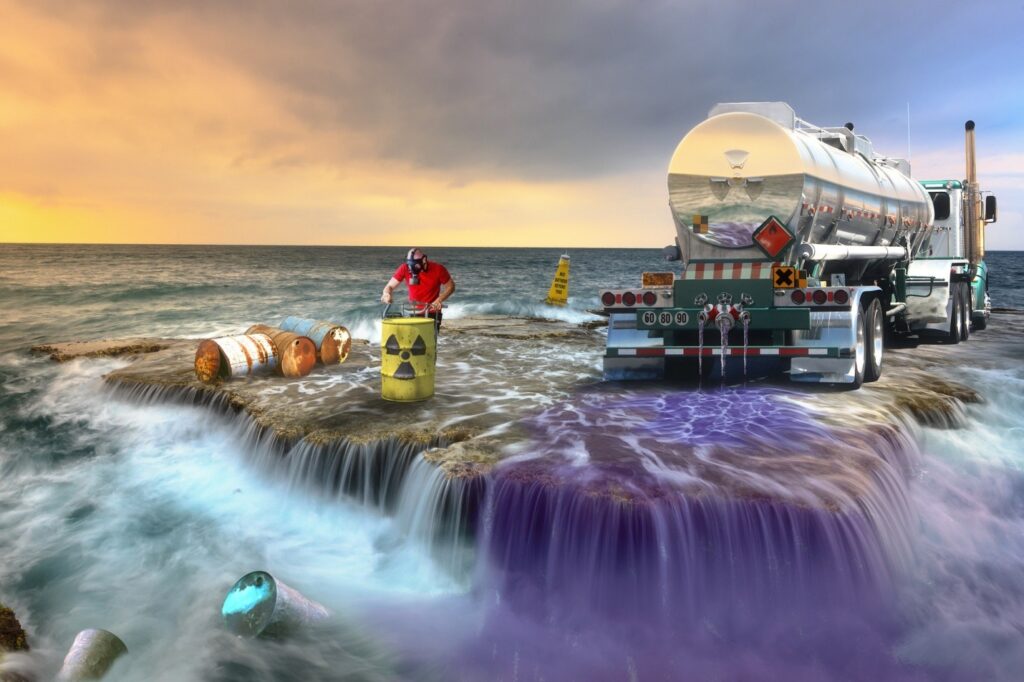The Best Strategy To Use For Reclaim Waste
The Best Strategy To Use For Reclaim Waste
Blog Article
The Best Guide To Reclaim Waste
Table of ContentsThe Reclaim Waste IdeasHow Reclaim Waste can Save You Time, Stress, and Money.Some Known Factual Statements About Reclaim Waste Little Known Questions About Reclaim Waste.The Definitive Guide to Reclaim Waste
Check out the kinds, incidents, and kinds of fluid waste. Domestic sewage waste refers to the waste and items from a domestic septic tank. This kind of waste is produced by humans in houses, colleges, and other buildings. This only includes septic containers that have a drainpipe field. The appropriate monitoring and disposal of residential sewer waste call for liquid waste to be transferred to a sewer treatment plant where the proper methods and devices are put on purify and throw away waste.
Business waste usually includes possible risks, such as combustible materials or a blend of fluid and solid waste products, and calls for an advanced and comprehensive disposal procedure. The disposal of business waste generally entails the filtering of waste prior to transport to ensure risk-free and correct disposal. Hazardous waste is created from byproducts and overflow of commercial processes and production.
This sort of waste can not use the same sewer management transportation or procedures as septic or business liquids. The commercial waste administration procedure calls for the inspection and testing of fluid waste prior to it undertakes the disposal procedure (liquid waste disposal melbourne). Drainage waste is the fluid waste that originates from runoff and excess stormwater in highly populated locations or cities
Runoff waste can trigger contamination and flooding if not dealt with appropriately. Making sure correct waste administration can protect against calamities and lower ecological harm.
Getting My Reclaim Waste To Work
Get in touch with PROS Providers today to find out regarding our waste administration and disposal services and the proper means to look after the liquid waste you generate.
(https://giphy.com/channel/reclaimwaste1)This so-called 'wastewater' is not just an essential source but, after treatment, will certainly be launched to our land, waterways or the ocean. Made use of water from toilets, showers, bathrooms, kitchen area sinks, washings and industrial processes is recognized as wastewater.

water utilized to cool down machinery or clean plant and tools). Stormwater, a form of wastewater, is runoff that streams from farming and metropolitan areas such as roofing systems, parks, yards, roadways, paths and seamless gutters right into stormwater drains pipes, after rainfall. Stormwater moves unattended straight to local creeks or rivers, eventually reaching the sea.
Reclaim Waste for Beginners
In Queensland, the majority of wastewater is dealt with at sewer treatment plants. Wastewater is moved from domestic or commercial websites with a system of sewage systems and pump stations, called sewerage reticulation, to a sewage therapy plant. Local governments develop, maintain and operate most sewer therapy plants. Operators are licensed under the Environmental Management Act 1994 to release cured wastewater at an appropriate environmental criterion into rivers.
The Division of Natural Resources encourages city governments regarding managing, operating and preserving sewage systems and therapy plants. In unsewered areas, local federal governments may need householders to set up specific or home sewage therapy systems to treat domestic wastewater from bathrooms, cooking areas, restrooms and washings. The Department of Natural Resources authorises using household systems when they are confirmed to be efficient.
In some brand-new class, therapy of some stormwater to get rid of see post trash, sand and gravel has actually begun utilizing gross pollutant traps. Wastewater treatment happens in 4 phases: Eliminates solid matter.
Makes use of tiny living microorganisms recognizes as micro-organisms to break down and remove staying dissolved wastes and fine particles. Micro-organisms and wastes are integrated in the sludge.
Getting My Reclaim Waste To Work
Nutrient elimination is not readily available at all sewage therapy plants due to the fact that it requires expensive specialised equipment. Clear fluid effluent produced after treatment may still contain disease-causing micro-organisms - liquid waste removal.

Many wastewater streams into the sewage system. Under the Act, local federal governments administer authorizations and licences for environmentally pertinent activities (Ages) involving wastewater launches that could have a local impact.
Getting The Reclaim Waste To Work
Surveillance provides accurate information concerning water quality and can confirm that permit problems are being fulfilled. The information obtained with surveillance provides the basis for making water high quality choices.
Report this page